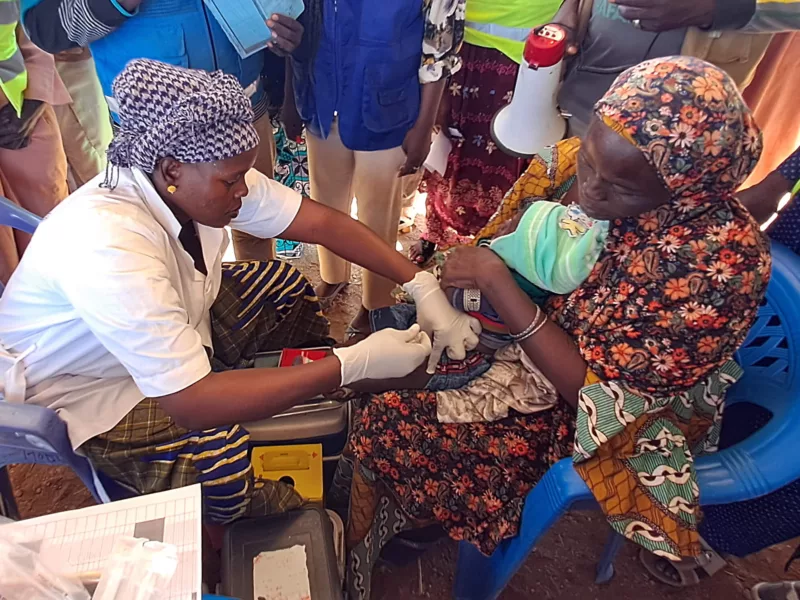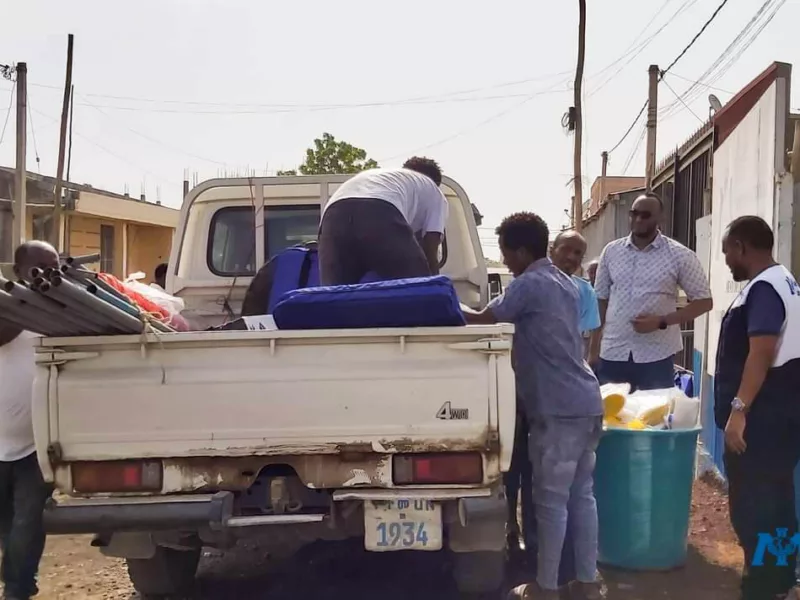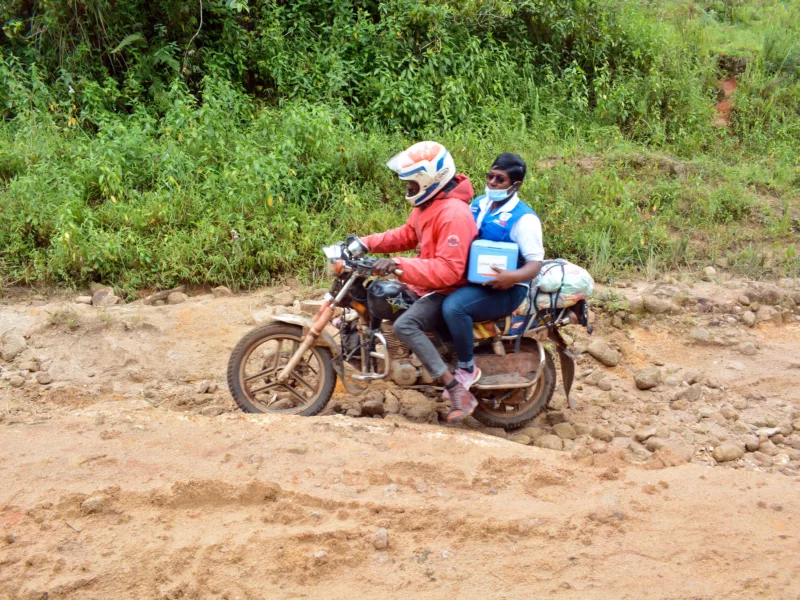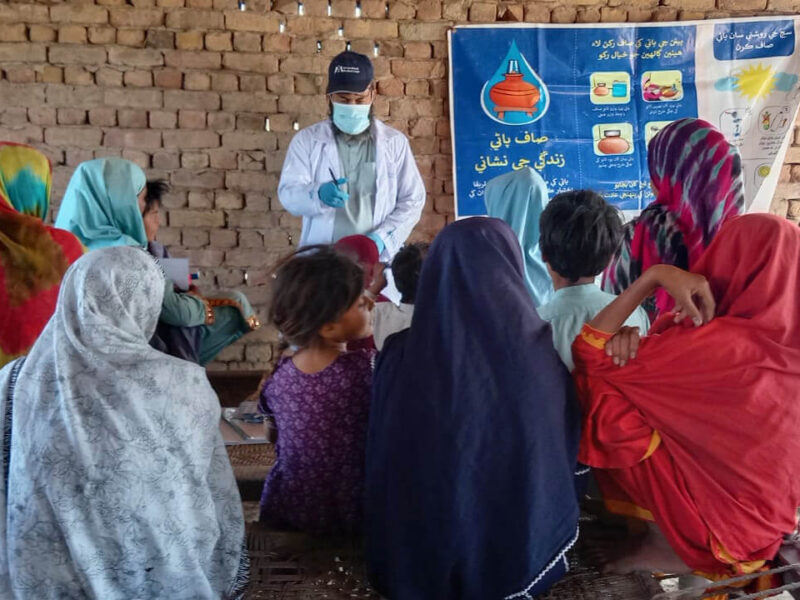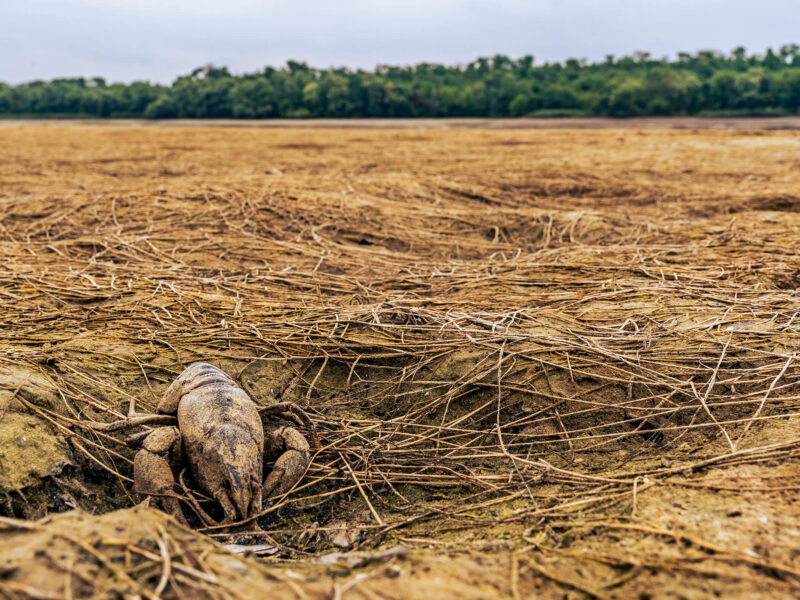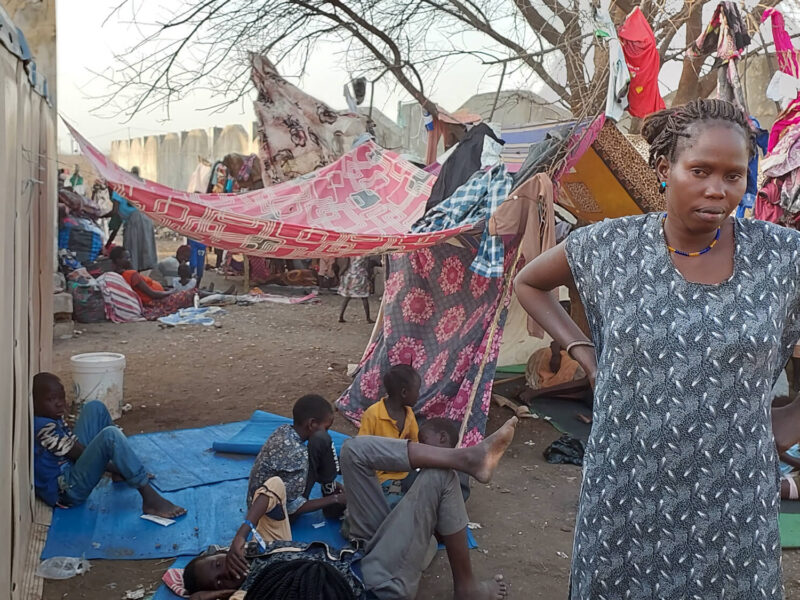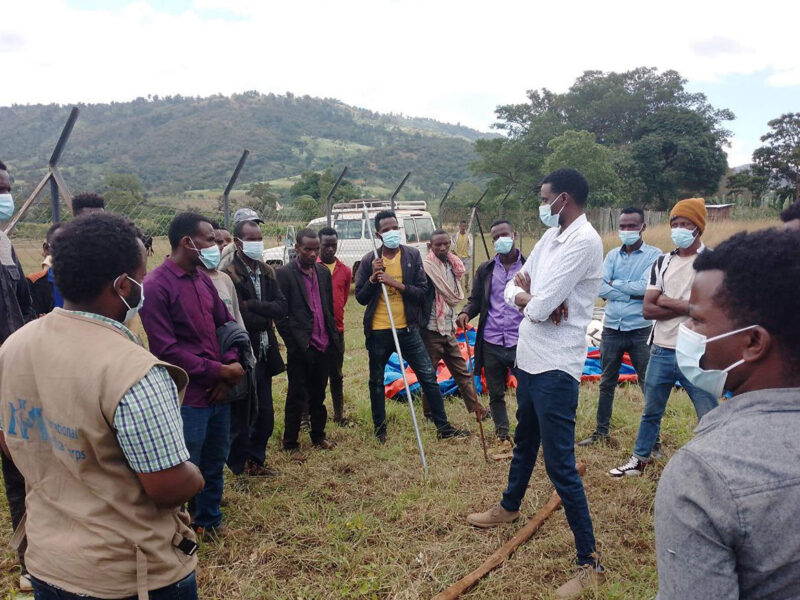Fighting Cholera in 2024: What You Should Know
In 2024, nobody needs to die because of cholera. We have already eradicated it in many countries. After major outbreaks in the 19th century, Europe and North America have eliminated cholera by improving water and sanitation infrastructure. We can easily treat cholera. Drinking an oral rehydration solution (water with added sugar and salts) helps most …


